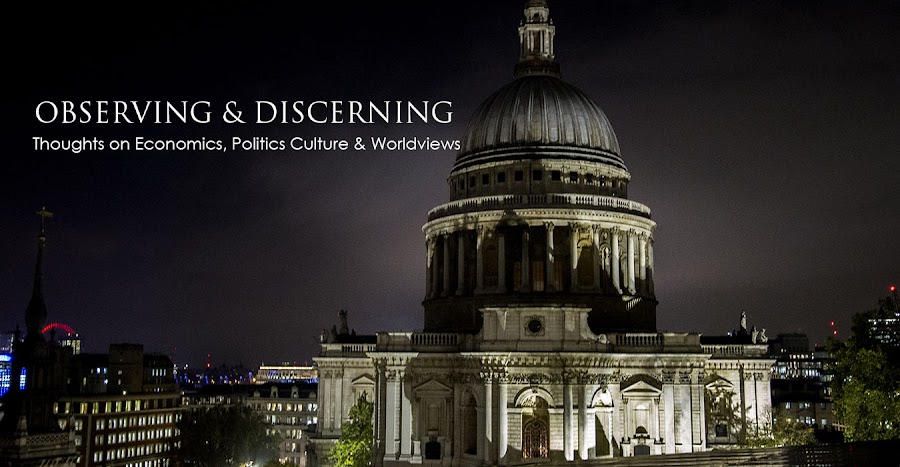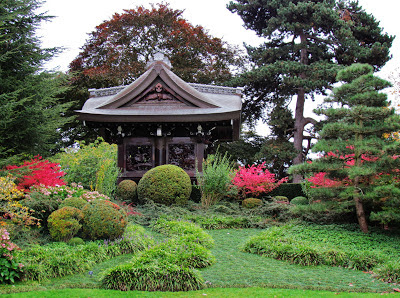This is my favourite structure in the area: the Pagoda at Kew Gardens; I can see it from my bedroom window and have taken photos of it from every angle.
I love this view of the formal gardens at Kew Palace; typically British: elegant, understated, balanced and a bit stark.
This is a view of the towpath in Richmond taken from the bridge. To me it looks like a Constable painting and demonstrates the glorious colour of England in winter.
I am always drawn to the riverside in Richmond; irresistibly photogenic.
From every vantage point, there's something aesthetic to admire.
My older daughter, Lauren, was first to discover the perfect aspect of this shot which I nicked for this photo.
Kew Gardens have just set up the holiday carousel near Kew Palace. Perfect photo op.
This is Liongate at Kew Grardens - quintessential in a cloudless sky.
This is the Chokushi-Mon gate at Kew Gardens, truly beautiful at any time of year.
This taken in October with the pagoda at back.
The garden below the gate is in such contrast to British gardens; far more controlled and manicured.
This is the Temple of Aeolus near the Palm House in Kew Gardens; looks like an Elysian idyll.
Another carousel on Southbank near the Eye. So glad that these old attractions are maintained and still tour the country.
Trafalgar Square with Whitehall and Houses of Parliament in the background, taken from the steps of the National Gallery.
And a view of Piccadilly Circus from Leicester Square.
Our beautiful kitten, Bowie; her first Christmas on earth.
I never tire of this view of the Thames from Richmond Hill.
While driving through Richmond Park last weekend, I caught a glimpse of St. Matthias's church in the distance. I went back on foot on Wednesday to get this photo across the field. This just doesn't look like London; it looks like a rural setting in Somerset; somehow it reassures me that there does exist some stability, peace and continuity in the world.































